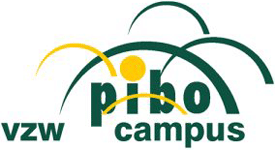Agricultural figures show that maize of all agricultural crops in Limburg occupies the largest area. In addition, especially in the north of our province, a lot of irrigation water goes to this crop during dry periods. Ensuring that maize is less susceptible to drought and heat will consequently greatly reduce water demand during these periods. As farmers, they can already take basic steps in this regard at farm level. The 'Maize without thirst' project aims to support them in this and provide information they can use to get started.
Even before spring work starts effectively, a farmer can anticipate the effects of any drought during the growing season. Everything starts with thoughtful variety choice in which yield potential is often decisive. Breeding played partly into this by marketing varieties that would achieve higher yields than the common varieties under dry conditions. For farmers, this not only increases the chances of good yields but can also mean huge labour savings. Whether this is the case in practice is not always clear yet, which is why people often continue to choose the traditional varieties. This project therefore tries to shed more light on this.
In addition to variety selection, several firms recently plant enhancers (granules, biostimulants, (foliar) fertilisers, ...) have been launched on the market, which aim to reduce susceptibility to reduce drought stress and heat in maize, among others. This also offers huge opportunities to keep maize stress-free for as long as possible and reduce drought sensitivity, or in other words water requirements. This would not only help overcome periods of water scarcity without irrigation but also ensure that pressure on water quality does not increase. Indeed, drought stress, besides affecting growth and yield, also has a significant impact on nitrogen uptake from the soil and thus water quality. However, the range is so wide and here too, the project wishes to support farmers in making the right choices.
Finally, it is not only important to get the crop through dry periods as smoothly as possible. Getting the maize, in the case of silage maize, into the silage as qualitatively as possible is at least as important. This is because drought can cause ripening to proceed very quickly and the maize to be finally ensiled at too high a dry matter content. Forage production on dairy farms forms the basis in their rations and, in particular, the quality of the maize ensiled has a very important role on the farm's financial returns. The various seed houses are also aware of this and are looking for simple and affordable ways to support farmers in determining the right time of harvest. The use of apps is very grateful in this regard. However, this technology is still in its infancy. For instance, some apps use satellite images and temperature sums integrated into the calculation of estimated harvest dates to give the farmer a prediction of maturity on the plot in addition to an up-to-date crop condition. A follow-up of different varieties, plots and locations coupled with effective determinations of dry matter contents will give more insight into the usability as well as reliability of these apps.









